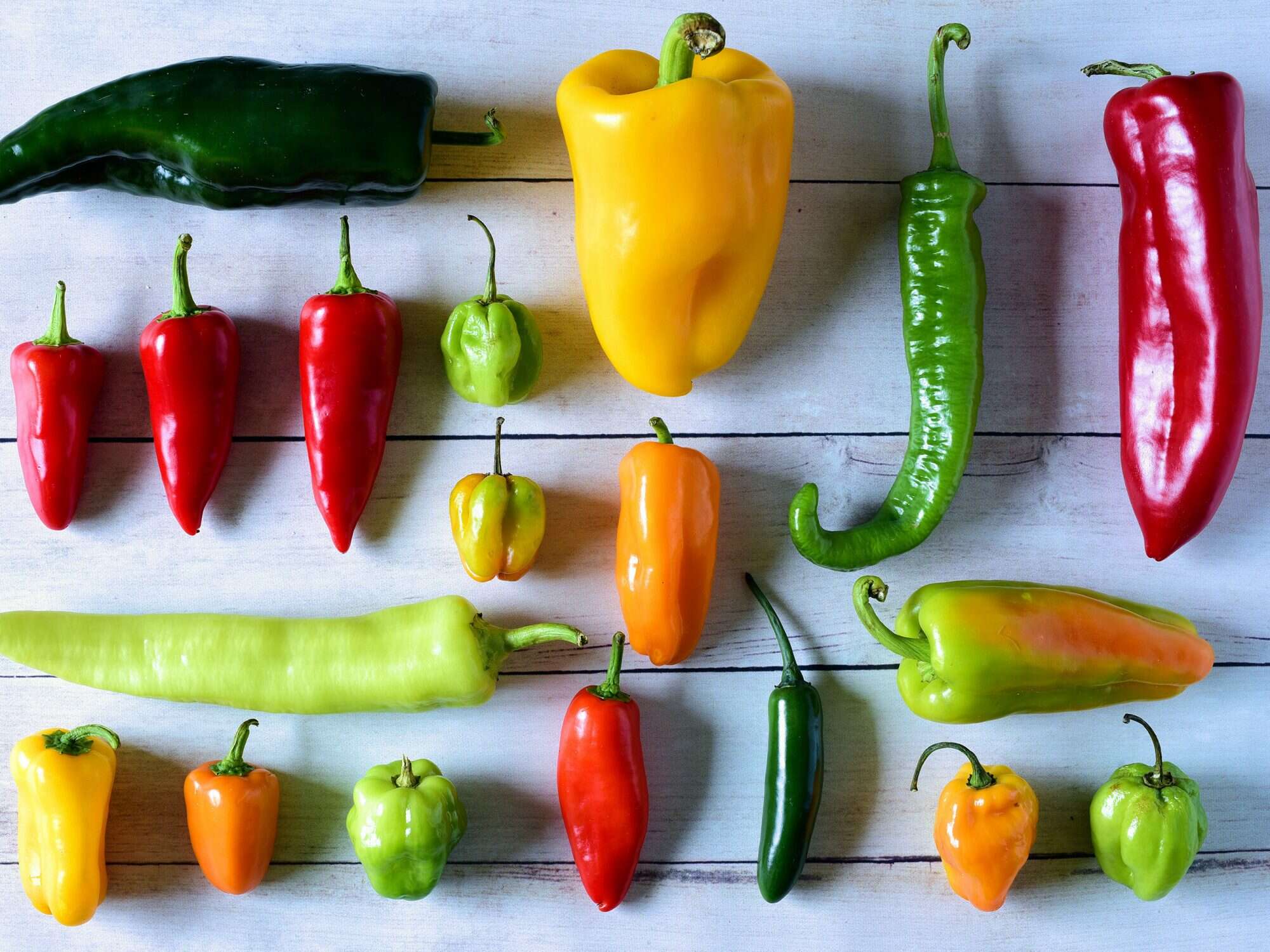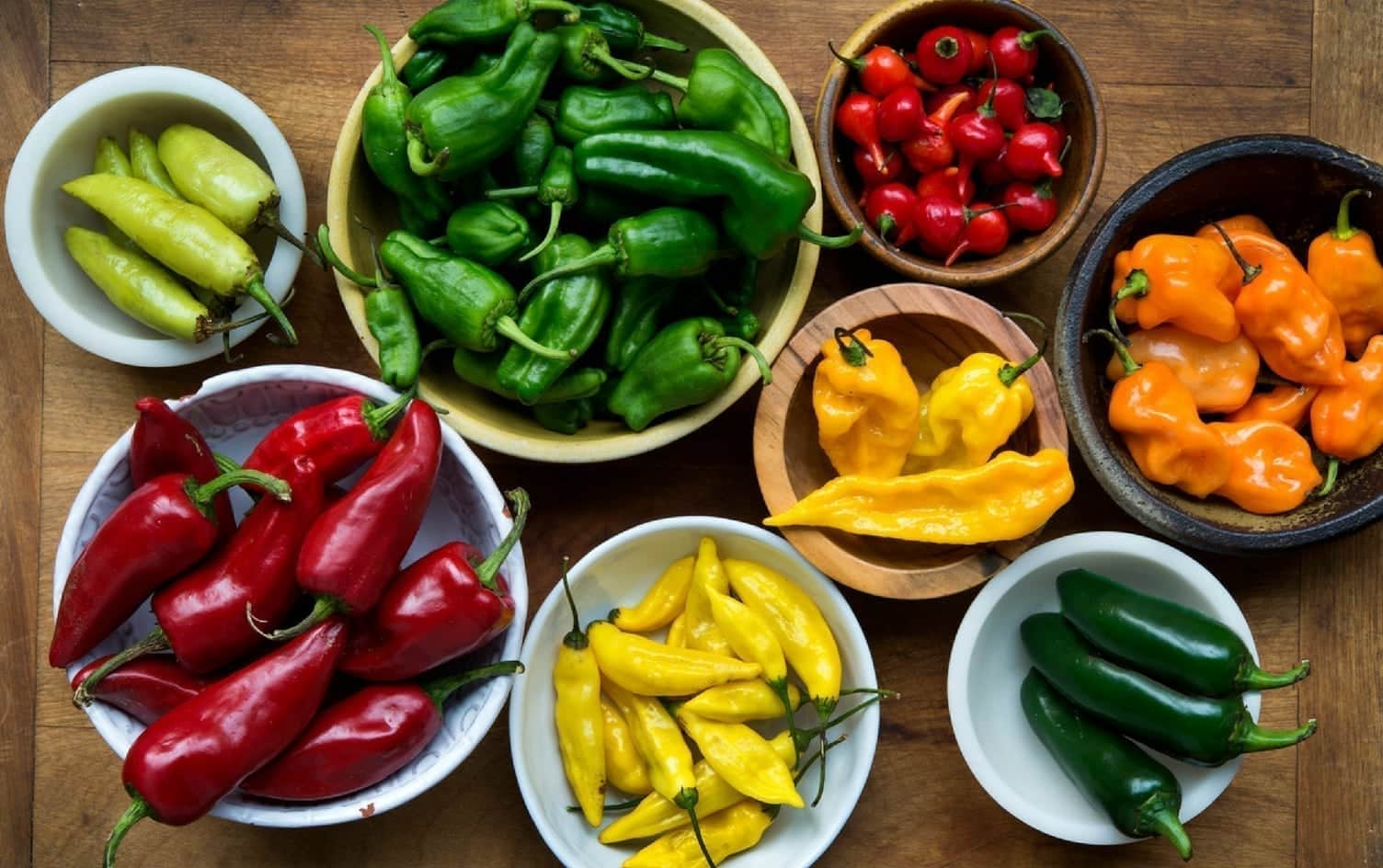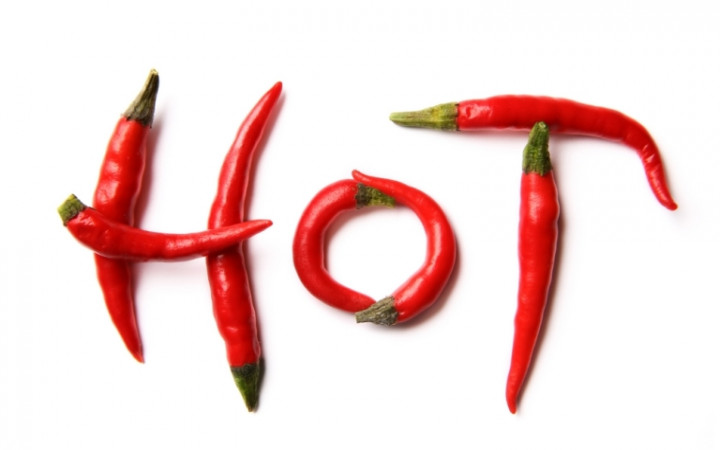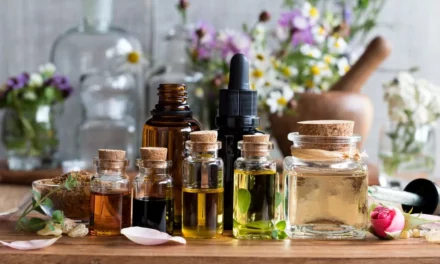Hot peppers are have a moment. They’re at the vanguard of a love for hot food that has swept across the country. A recent survey found 80% of U.S. consumers like hot and spicy foods, and 6 in 10 people cook hot and spicy food at home. If you enjoy adding heat to your meals at home, you’ll need plenty of fresh hot peppers. And the best way to get access to different types of hot peppers is to grow them yourself. Here Pritish Kumar told you, what you need to know to pick out the best types for your palette.
Tips for Growing Hot Peppers
Start hot peppers from seed indoors in late winter or buy transplants and plant them directly in the ground after the last frost in the spring. You’ll get to pick from a larger variety of peppers if you grow from seed, because there are online sellers offering a slew of pepper varieties in seed packets. But it’s simpler and requires less planning to buy transplants locally and plant them in the spring after the last frost date in your area.

Hot peppers need at least eight hours of direct sunlight a day to thrive. Have a shady or small yard? No worries. Peppers grow well in containers and raised beds, so you can grow them in any sunny spot you have. You can grow everything from habanero peppers to cayenne peppers in a couple of pots on a sunny patio.
While a pepper’s heat is mostly determined by genetics, the environment in which it’s grown can play a role. Peppers like hot weather, plus high temperatures and droughty conditions will produce a higher concentration of capsaicin, the chemical in the pepper that produces the hot taste. That’s why the Southwestern U.S. is such a hot bed of pepper growing. Rainier, cloudier climates produce peppers with less punch. Don’t live in the pepper paradises of California, Arizona, or New Mexico but still want maximum heat in your hot peppers? Compensate by planting hotter varieties. You can also turn up the heat on your pepper crop by being stingy with water.
Measuring a Pepper’s Heat
The heat of peppers is measured in Scoville units. The Scoville scale ranges from 0, the rating for a mild bell pepper, to a mouth-scorching 3,000,000, the rating for a Pepper X, the hottest pepper on the planet. Pro tip: You don’t want to eat a pepper that contains millions of Scovilles. That’s a stunt pepper, not an edible one. You want to eat and grow hot peppers like a poblano that comes in at 2,500 Scoville Heat Units (SHU) or a cayenne pepper that packs 30,000 SHUs.

A word of caution: Use disposable gloves when handling fresh hot peppers and never, ever touch your eyes. The hottest varieties can literally burn unprotected skin. Removing the seeds doesn’t reduce the heat from a pepper, contrary to popular belief. The heat is concentrated in the inner white pith, or rib, of the pepper, not the seeds. To take some of the bite out of a fresh hot pepper, cut out the pith.
Health Benefits of Hot Peppers
Banish Migraines
Spray hot pepper up your nose? Sure, it may sting. But it also may stop your migraine pain. The spray has a special formula of capsaicin, a chemical in the part of the pepper that holds the seeds. It numbs your brain’s trigeminal nerve, where some migraines and severe headaches start. Seven out of 10 people in a study who had cluster, tension, and other headaches had total relief for a while. All said the sharp tingle was worth it.

Extend Your Life
Pop a pepper, and you might live longer. One large study showed that adults who ate at least one fresh or dried hot red chili pepper a month for almost 20 years lowered their chances of death by 13%. Researchers aren’t sure why, but they think some credit may be due to the peppers’ nutrients and their power to fight inflammation and obesity.

Clear a Runny Nose
Got a sneezy, runny, or stopped-up nose that your doctor calls non-allergic rhinitis? That’s when your nose runs constantly but it’s not from a cold, allergies, or cigarette smoke. If so, then a whiff of capsaicin may help calm your symptoms. It’ll smart at first, and may even seem to worsen your misery. But capsaicin will kick in soon after. Your stuffiness might not bother you for a few months.

Speed Metabolism
The total-body flush you sense when you eat a hot pepper is more than a feeling. Capsaicin — the chemical behind the zing — amps up the rate at which your whole body heats up. It also activates a sensory neuron called TRPV1, which helps keep fat from building up and controls your appetite. This metabolism-quickening combo might help you lose weight. Researchers hope to apply this knowledge to curb weight gain.

Scramble Pain Signals
Capsaicin triggers a heat sensation to nerve cells that normally yell: “Pain!” The message to your brain reads: “Hot!” This signal-switch trick has been used for centuries to help control pain.

Soothe Arthritis
Capsaicin is the super ingredient in many creams, lotions, and patches that bring on heat to quickly quash pain. In one study, it cut discomfort from arthritis and fibromyalgia by half in just a few weeks. Results from other studies were less convincing, suggesting capsaicin works best when coupled with another pain reliever. Either way, you need to reapply it often.

Fight Cancer
In the lab, capsaicin seems to kill cells linked to more than 40 types of cancer, including the colon, liver, lung, and pancreatic cancers and leukemia. The spicy chemical changes how some genes linked with cancer cells act and even stops them from growing. But other research suggests capsaicin itself may be linked to cancer. More studies are needed.

Preserve Food
Hot peppers are natural antimicrobials. That means they kill germs and other microorganisms that can spoil canned or packaged foods. Manufacturers are testing to see if chili pepper extracts could be a better choice than artificial preservatives.

Boost Your Body
Fiery peppers pack major health perks. In terms of vitamin C, they beat oranges 3 to 1. They’re also stuffed with vitamins A, B, and E. Some studies suggest capsaicin acts as an antioxidant to protect your cells and helps tamp down inflammation.

Watch the Names
Chile is Spanish for pepper. In Mexico, a chile can be any kind of pepper, even mild or sweet. But almost anywhere else, chile or chili means hot. Varieties of hot pepper include Anaheim, cayenne, habanero, jalapeno, paprika, Tabasco, and some bell peppers. If you see a scary name like Ghost, Scorpion, or Reaper, it means beware.
How Hot Is Hot?
Hot peppers have their own rankings. The Scoville heat scale rates the capsaicin level based on how much sugar water it takes to neutralize the heat. It ranges from 0 to 1,641,183 Scoville heat units (SHU). The top score is for the Carolina Reaper, the hottest pepper on earth. Buying tips: Dried peppers are hotter than fresh. The thinner the stem, usually the hotter the pepper.
![10 Amazing Health Benefits to Eating Hot Peppers [Scientifically Proven]](https://pepperhead.com/wp-content/uploads/2016/04/burning-cayenne.jpeg.webp)
Snack Attacks
Super-spicy snacks are scorching the snack scene. But too much hot pepper can give you belly pain, nausea, vomiting, diarrhea, or a burning feeling in your gut. Even kids are ending up in the ER after too much munching. A safer hack to kick up your flavor is to sprinkle a little hot pepper on popcorn or sweet potato fries.

Pepper Prep
A dash of peppers can go on just about any dish. Keep a bag of frozen chopped or sliced peppers on standby to add instant color and flavor to any meal. Dice fresh peppers to dress up pizza and pasta. You can also grill or roast them for a change of taste. Be sure to wear rubber gloves when handling superhot peppers like jalapeno and serrano. Remove the seeds to tone down the temp.
You’ll know right away if you have a brush with the hot stuff. It can even trigger your asthma if you inhale it. If you eat a real flamer, skip the water and take small sips of milk, or reach for the ice cream or cottage cheese. Water doesn’t dissolve capsaicin, but milk fat does. If you don’t do dairy, eat a piece of bread or other starchy food. If it gets on your skin or in your eyes, flush well with warm water.
Reference
https://www.webmd.com/food-recipes/ss/slideshow-foods-hot-peppers-benefits
https://www.bhg.com/gardening/vegetable/vegetables/growing-hot-peppers/











